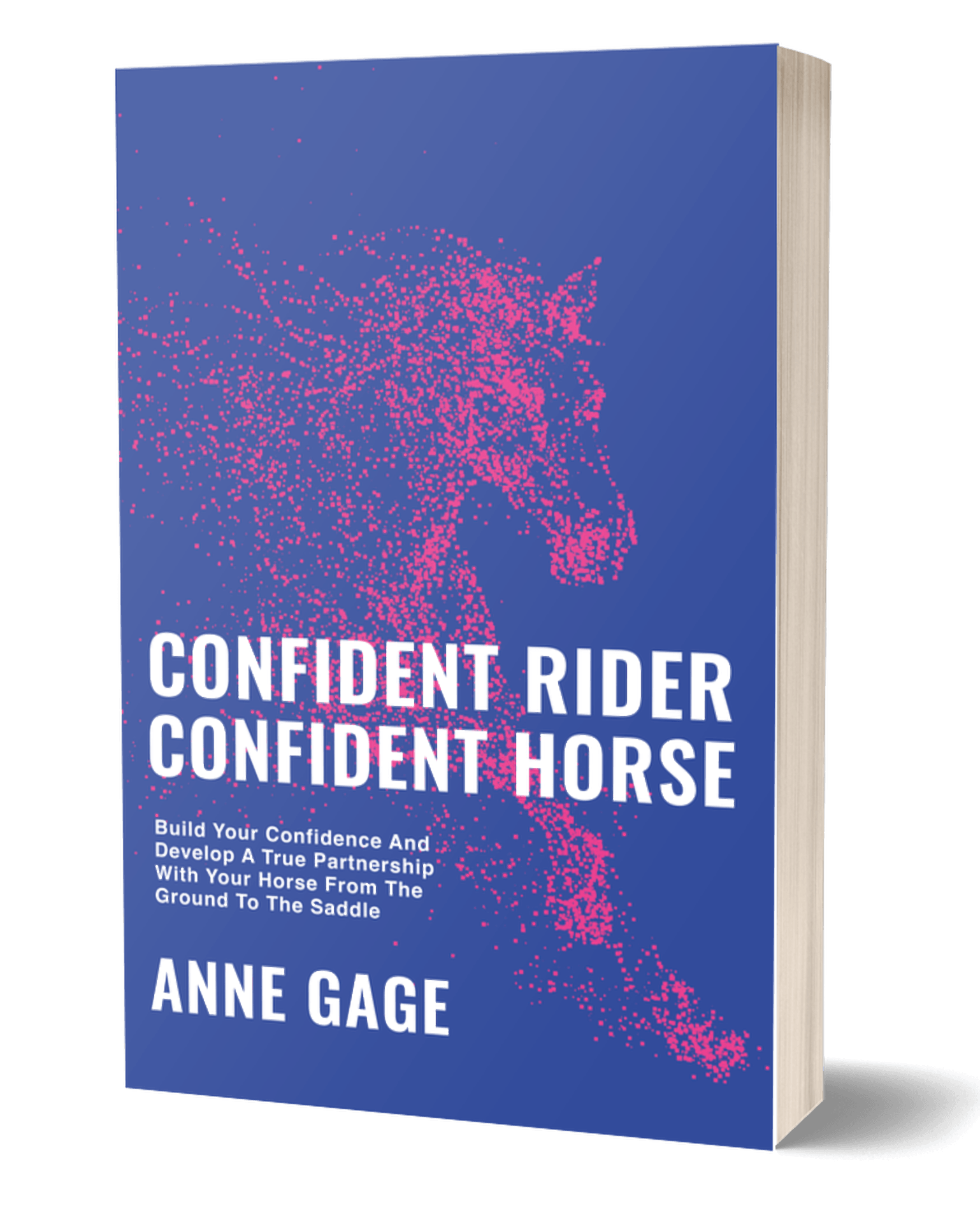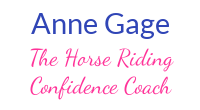Is it bad for your horse put her head down when you're riding?
One of my students asked if it was okay that her horse was putting her head down while being ridden. This student rides a nice little mare who is lesson horse at a fairly large and busy riding school.
The mare is one of the more popular horses and, as is the fate of nice, easy going horses, she carries around a lot of beginner riders. In these ‘up down’ lessons, you most often hear the instructors saying (or shouting) phrases like “eyes up”, “heels down”, “up down, up down” and “pull on your rein”.
The young riders are keen and eager to canter and jump. Unfortunately, the result is lots of bouncing on the horses’ backs, pulling and balancing on the reins and kicking to get the horses to go. So, these lesson horses learn to have a high head and dropped back.
There is very little (well, usually no) focus on the horse’s frame and these up-down lesson horses have very poor postures. And they deal with chronic muscle soreness.
It’s really hard for the horse to carry herself in a correct posture – which requires lifting your back and stepping well underneath yourself – when there’s somebody pulling on her mouth and jamming her back as the rider tries to stay balanced.
This high headed and dropped back posture of the lesson horse is an upside down top line.
In the up side down top line, the muscles on the top of the neck, the back and the hindquarters are weak and lacking development.
The muscles on underside of the neck may be bigger (creating a ‘u’ neck) and the horse has the appearance of a ‘hay belly’. The hay belly happens because the back muscles are weak and don’t support the weight of the abdomen so the belly hangs low.
In the right side up top line, muscles are developed on the top of the neck, the back and the haunches. This shape is called ’round’ and is built by riding the horse from the back end to the front. It requires suppleness, balance and lightness from the rider.
In the lessons with this particular student and mare, I focused on exercises to help the horse stretch and strengthen her back muscles and engage her core muscles (yes horses do have core muscles, too).
These exercises encourage her to engage her hindquarters (bring her hind legs further under her body) which naturally lifts her back and brings her into a long and low frame.
So, going with her head low is good because the mare is stretching the muscles on her top line. It’s similar to you doing a nice forward bend in yoga. It doesn’t hurt and you feel an ‘opening’ along your spine.
There is a difference between stretching down and pulling down.

An upside down top line with a high head and dropped back.

This horse is pulling down against the rider.

This horse is stretching long and low.
As long as your horse feels light in your hands, she is stretching. It's okay to let her to stay in this frame.
However, if you feel like you’re holding your horse up or that you’re being pulled forward out of your saddle then your horse is pulling down. Your horse is travelling on her forehand and not engaging her hindquarters.
How To Correct The Horse Pulling Down
To correct pulling or falling on the forehand, send your horse forward into a small circle. This movement causes her to bring her inside hind leg forward and under herself. She just shifted her weight back into her hindquarters lightening her front end. Ta da!
As soon as you feel that change, you can come out of the small circle and go back to what you were doing.
The moment you feel her get heavy again, turn back into the small circle until you feel her lighten up in front.
You’ve broken the cycle of her leaning on you and you pulling against her or trying to hold her up. (Really – if you can hold up a 1000 pound animal, maybe you should consider competing in weight lifting at the next Olympics!)
A couple of tips about using this technique to stop the horse from pulling down.
- Make sure you are reading your horse’s bend correctly. It won’t work if your horse has a left bend and you ask her to circle to the right. Turn in the direction of her bend. This is a good reason to work off the rail and use the centre of the arena more. It’s hard to turn left when the wall or fence is on your left side. If you are at least 6 feet off the rail, you have enough room to turn in either direction.
- Use your seat and legs to turn your horse. DO NOT pull her head into the turn with your reins. (If you need more help with steering your horse without pulling check out my article Slow Down The Rushing Horse in Horse Canada Magazine or get a copy of my book, Confident Rider Confident Horse
Give it a try and then share your results in the comments below.
Enjoy Every Ride
FREE DOWNLOAD
Don't Let Anxiety Take The Fun Out Of Horse Riding
"Thank God for Anne's book and knowing exactly how it feels to have debilitating fear and how to overcome it."
This free (and downloadable) chapter gives you a sample of the proven and effective confidence building techniques I used to rebuild my own confidence.
Start using them right away to feel calmer about riding your horse.


